Traces of what scientists believe may belong to the oldest life on Earth have been found in Canada.
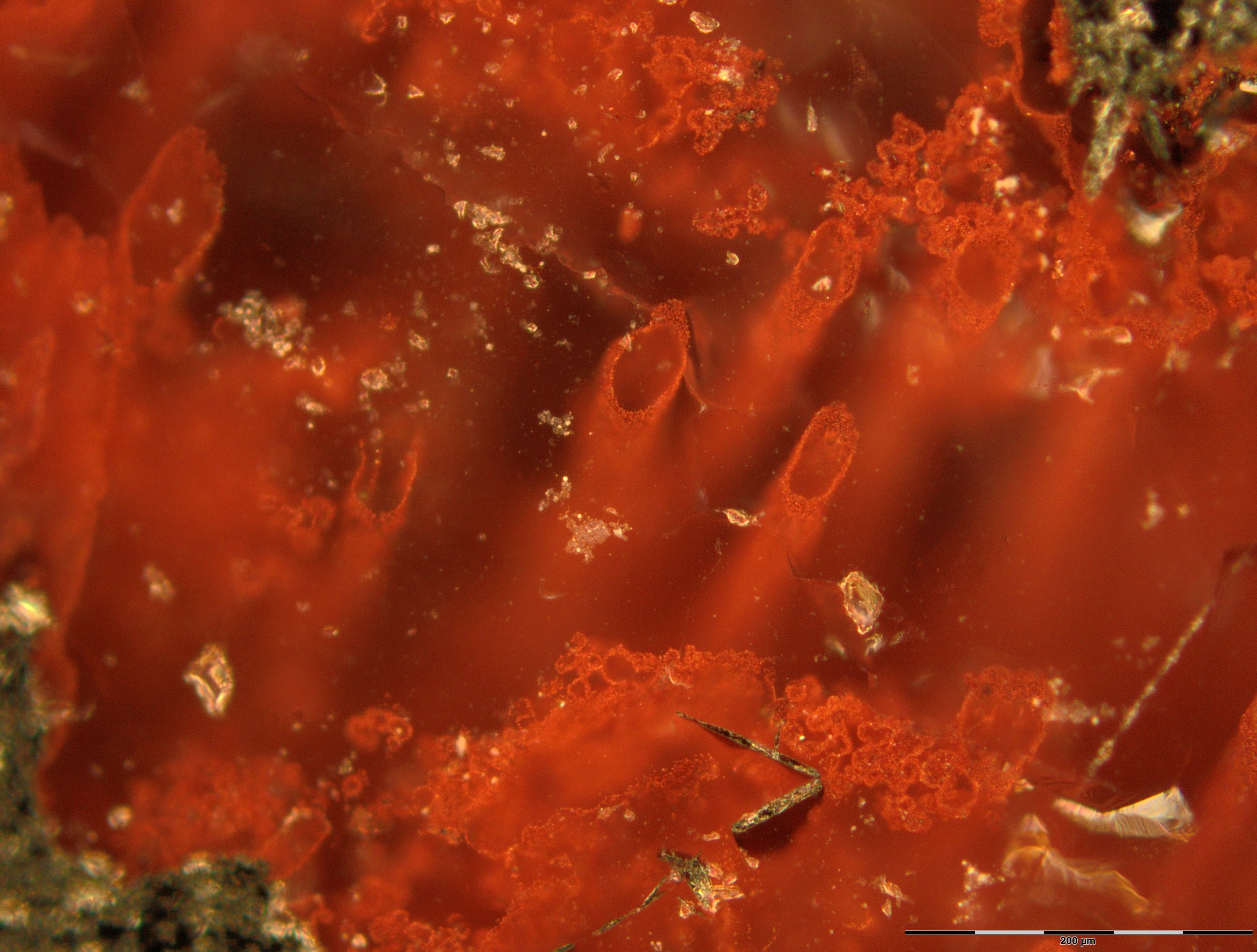
The scientists have found structures that appear to have been made by microorganisms. Found in bedrock that scientists believe was once hot springs on the ocean floor.
The oldest confirmed life on Earth is around 3.5 billion years old. But these new findings could be even older, possibly more than 3.7 billion years. Pushing life on Earth further back in time by several hundred million years.
Researchers found small, tube and thread-like structures the bedrock of northeastern Canada. The sedimentary bedrock in Quebec is among the world’s oldest unaffected rocks. These thread-like structures seem to have been formed by micro-organisms, about 3.7 billion years ago. Even older, than the Australian 3.5 billion years old stromatolites that most scientists agree upon being the oldest. There was also a study on even older stromatolites in Greenland last year. But those findings are yet to be confirmed.
These new findings in Canada are however not stromatolites. Instead, they appear to be organisms very similar to those found in close proximity to hot springs on the seabed, today. Making their habitat in the mineral-rich water on the ocean bottom floor. They are believed to have proliferated around the thermal vents on the deep ocean floor where they used iron as an energy source.
“Our discovery supports the idea that life emerged from hot, seafloor vents shortly after planet Earth formed,” Matthew Dodd, a PhD student at the University College London and the first author of a new study about the fossils, said in a statement. “This speedy appearance of life on Earth fits with other evidence of recently discovered 3,700 million year old sedimentary mounds that were shaped by microorganisms.”
The bedrock in Quebec is was formed between 3.8 and 4.3 billion years ago. Which would suggest that life occurred only a few hundred million years after the solar system formed.
The discovery of these ancient bacteria increases the hopes that something similar could have been preserved on other planets or moons. Finding similar microscopic structures in rocks on Mars is one of the primary mission objectives for the Mars 2020 rover.
Also, life proliferating around thermal vents this early on Earth would certainly seem to increase the chances of life existing near thermal vents in the deep oceans of Europa, Enceladus and even Pluto.
Reference:
Matthew S. Dodd et al. Evidence for early life in Earth’s oldest hydrothermal vent precipitates. Nature March 1, 2017. DOI: 10.1038 / nature21377


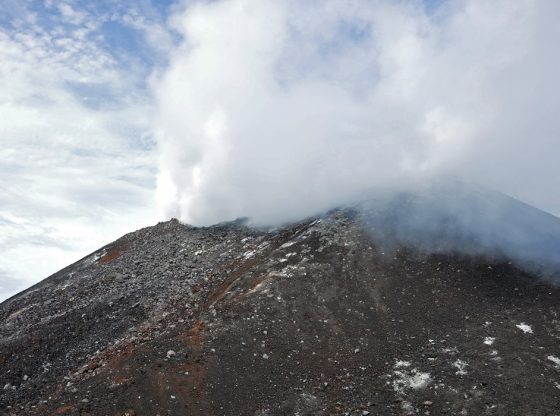
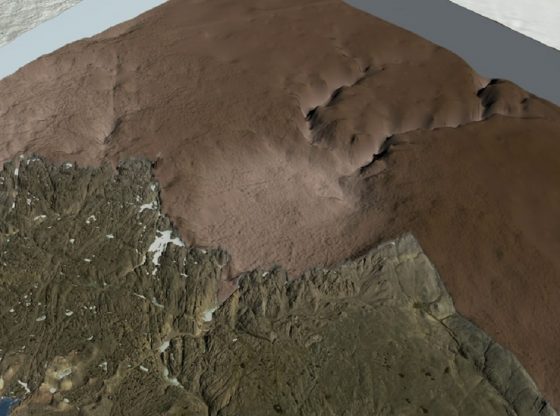

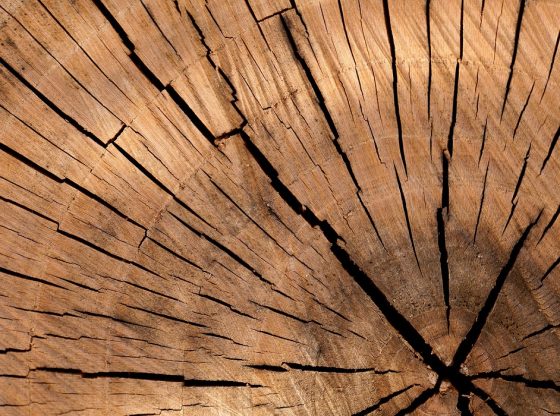



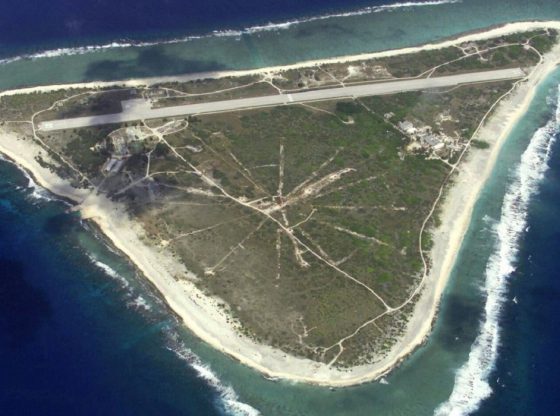

![OpenAI. (2025). ChatGPT [Large language model]. https://chatgpt.com](https://www.illustratedcuriosity.com/files/media/55136/b1b0b614-5b72-486c-901d-ff244549d67a-350x260.webp)
![OpenAI. (2025). ChatGPT [Large language model]. https://chatgpt.com](https://www.illustratedcuriosity.com/files/media/55124/79bc18fa-f616-4951-856f-cc724ad5d497-350x260.webp)
![OpenAI. (2025). ChatGPT [Large language model]. https://chatgpt.com](https://www.illustratedcuriosity.com/files/media/55099/2638a982-b4de-4913-8a1c-1479df352bf3-350x260.webp)








